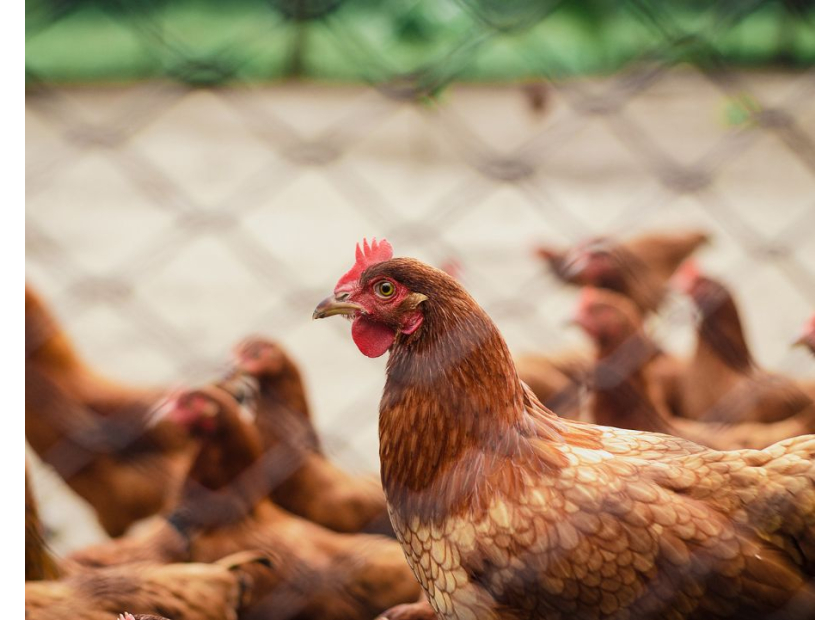Is Bird Flu Only For The Birds?
In December 2021, Canada reported the first case of the 2021-2022 highly pathogenic avian influenza (HPAI) H5N1 in North America. Subsequently, HPAI H5N1 viruses have been confirmed in wild birds, backyard flocks, and commercial poultry facilities in both Canada and the United States. (1) According to the United States Department of Agriculture (USDA), as of April 26, 2022, there have been almost 37 million chickens and turkeys killed by this disease from 239 flocks in 29 states across the United States. (2) Additionally, the CDC announced, there have been 899 wild birds detected with the bird flu in 34 states, including cases of bald eagles being affected. (3) These statistics continue to rise daily.
Avian influenza virus (AIV), also known as bird flu, refers to the disease caused by infection with avian influenza Type A viruses. Wild aquatic birds are considered reservoirs, or natural hosts, for AIV. (4) These viruses have been found in more than 100 different species of wild birds globally and most infected wild birds are asymptomatic. (4) Unfortunately, AIV can infect the respiratory and digestive tracts of domestic poultry and other domestic birds. Due to this, outbreaks of AVI in domestic poultry can occur worldwide. (5)
The disease is spread through saliva, nasal secretions, and feces of infected animals, which other animals or humans then come into contact with. (5) Infected birds can experience a lack of energy and appetite, diarrhea, a decrease in egg production, paralysis, swelling of the head and eyelids, neurological impairment, and death. (6) Due to the transmissibility of the virus, there is little choice but to cull the entirety of an infected flock.
Some AIVs have infected other mammals but have rarely infected humans; however, high mortality rates occur when humans are infected. (4, 5) Human infection with AVI is a result from direct exposure to infected poultry or their environment. (3) The first human disease caused by H5N1 was reported in Hong Kong in 1997. This outbreak caused 18 cases in humans, of which, six resulted in death. Meanwhile, 1.5 million chickens died, either from infection or from being culled in order to control the outbreak. (7) Since 2003, the World Health Organization (WHO) has recorded a total of 863 cases of human infection with H5N1 virus globally, of which 455 were fatal, resulting in a case fatality rate of 53%. (8) A prison inmate in Colorado became the first case of a human being infected by this virus in April of this year. (9).
Though the threat to humans is low, AIV poses a global economic, agricultural, and public health concern. Add this to the list of problems causing prices to rise in the grocery stores, such as inflation and the war in the Ukraine. Nevertheless, outbreaks of AIV must be mitigated before the virus can possibly adapt to transmit more efficiently to humans, making this a continuing potential threat. (7) Additionally, AIV can threaten whole populations of wild migratory birds and cause the death of millions of chickens. (5)
AIV outbreaks also cause serious economic implications in the poultry industry, as well as in the upstream and downstream sectors. Therefore, decreasing the exposure of poultry to this virus through improvements in biosecurity, reduction of flock sizes, and avoidance of poultry production in areas habituated with water fowl may be advantageous in reducing AIV outbreaks.
By Makena Brand
Technical Support Microbiologist
Hardy Diagnostics







